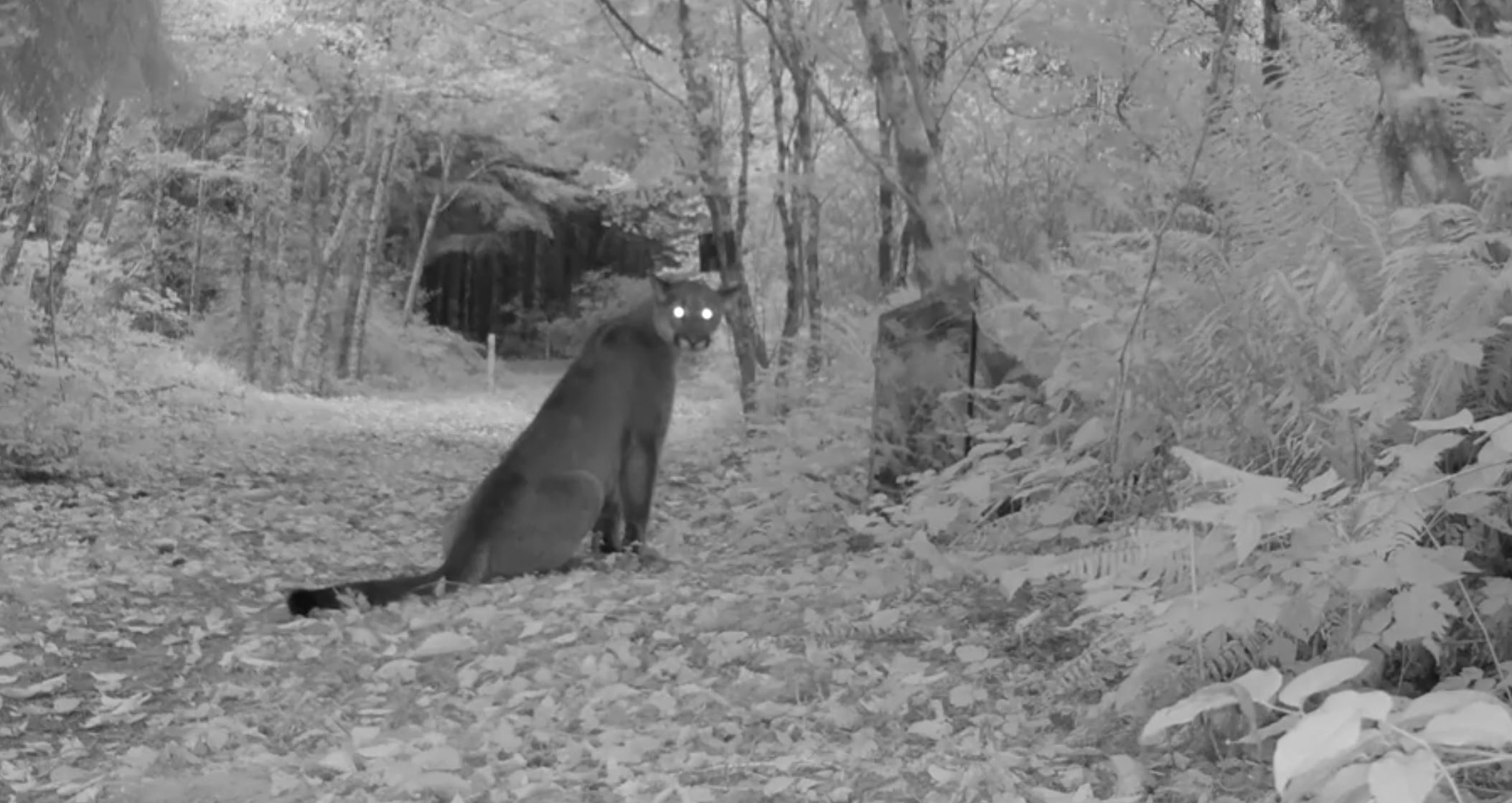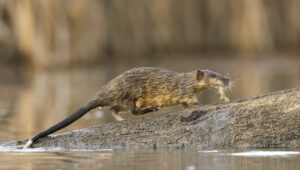Have you ever jumped at the sight of two glowing white orbs outside your bedroom window?
Have you ever noticed your pet’s eyes appear to flash brightly at night or in a photograph?
This phenomenon, known as eyeshine, is caused by something called the tapetum lucidum. It’s a feature in the eyes of many vertebrates, including felines both big and small and most breeds of dogs.
EYES IN FOCUS
In the human eye, light waves are first focused through the exterior dome-shaped cornea. From there, the coloured section of the eye, called the iris, will either expand or contract to let more or less light through.
After that, a lens focuses the light onto the retina, which is the light-sensitive tissue that lines the back of the eye. There, specialised cells will at last convert the light into information to be transmitted to the brain. This forms the images we see inside our heads.
Humans are diurnal, meaning we prefer to operate during the daytime. The eyes of nocturnal animals have an additional component. The tapetum lucidum is situated behind the retina and made of tiny reflective crystals, causing their eyes to flash up brightly at night.
FLASHES IN THE NIGHT
This effect is often confused with the red-eye effect that people sometimes display in photos. But that’s caused by the red blood vessels in the back of the eye getting caught in the camera’s flash.
However, eyes equipped with tapeta can light up red, blue, green or many other colours. This can depend on the presence of certain minerals like zinc and riboflavin or even the age of the animal. So two dogs of the same breed can have different coloured eyeshine.
Thylacine, or Tasmanian tigers, are said to have had a pale-yellow eyeshine. This is utilised by modern-day thylacine hunters who attempt to confirm potential sightings through the colour of distant eyeshine.
NIGHT VISION
The tapetum lucidum reflects light waves back onto the retina a second time, which allows the light-sensitive tissue another chance at taking in the information.
It’s what enables nocturnal animals to see so well in the dark and what sends light waves ricocheting around the eyeball and back out through the pupil.
It’s not all superpowers for nocturnal animals however. Having tapetum lucidum comes with some trade-offs. Studies suggest that all of those light waves bouncing around may cause the image to become blurry and unclear.
This might be why your cat always thinks your toes are prey when you get up for a snack in the middle of the night.
ILLUMINATED IDEA
Forget eating carrots. Humans will never catch up to tapeta-sporting animals at night vision. But that doesn’t mean we can’t use it as inspiration.
The biological structure is the muse of the cat’s eyes plastic reflectors lining our highways. So even though we can’t see as well in the dark, at least the tapetum lucidum helps guide our way at night.









